


HISTORY
The First prize.
Drawing on the experience of earlier generations, focusing on quality and choosing the best vines, Gottardo Zanetton obtained the first prize in the exhibition of Typical Local Wine Grapes during the fourth Festa Nazionale dell’Uva (National grape festival) in Valdobbiadene in 1933.
TERRITORY
The vineyards.
In 1964 the Labano farm, which later became the Casa Gialla farm, established its headquarters in the Colonia Campion built by Fascist Francesco Marinotti and purchased in 1957 by the Zanetton brothers. The vineyards of the Casa Gialla farm spread over the hills of Valdobbiadene and Maser, characterized by a unique micro-climate and minerals in the soil that make these areas ideally suited to viticulture with a positive impact on the quality of the Casa Gialla cuvées.
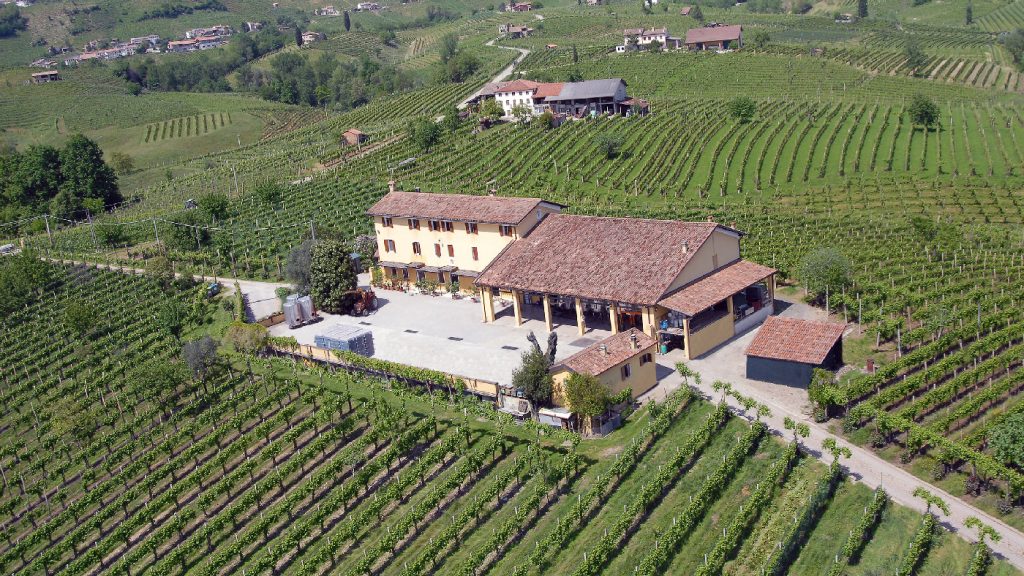
PRUNING
Experience and tradition.
Pruning is the moment when man and land merge to become one. The art of pruning handed down by older winemakers to future generations enables us to shape the vines and to control the quantity and quality of the product.
WINE HARVEST
Quality and care.
The grapes are picked only by hand by selecting perfectly ripe grapes in the vineyard. Wine making starts immediately, separating the juice from the marc and the stalk, and gently pressing on the grapes, in order to extract only the juice that comes from the heart of the grape. The juice obtained is cold settled and then left to ferment in stainless steel tanks at a controlled temperature.
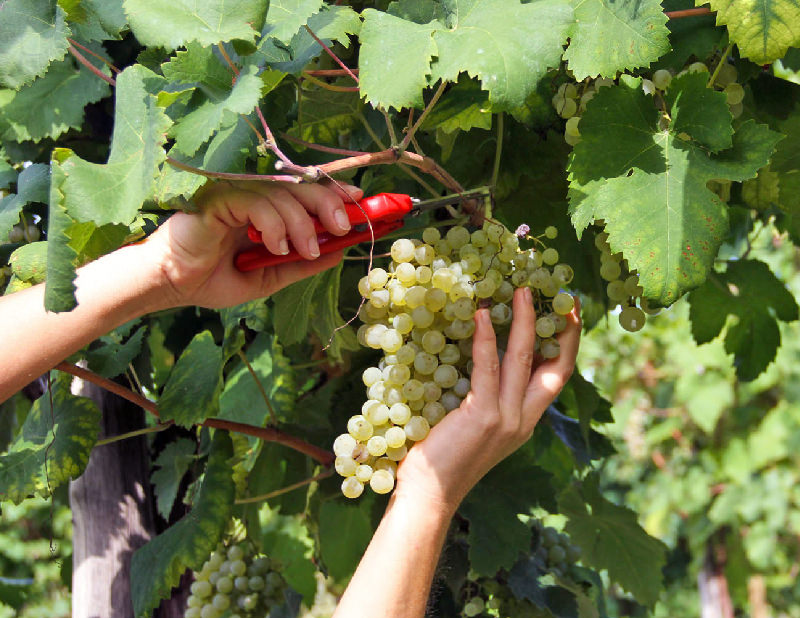
PROCESSING AND BOTTLING
From the vineyard to the bottle.
Sparkling wine is made using the Charmat method, which is the best way to maintain and preserve the aromas and delicacy of the grapes from which the wine is made. The result is an excellent sparkling wine, with good acidity and a fruity aroma, immediately enjoyable, the result of the perfect synergy of man’s work within the environment.





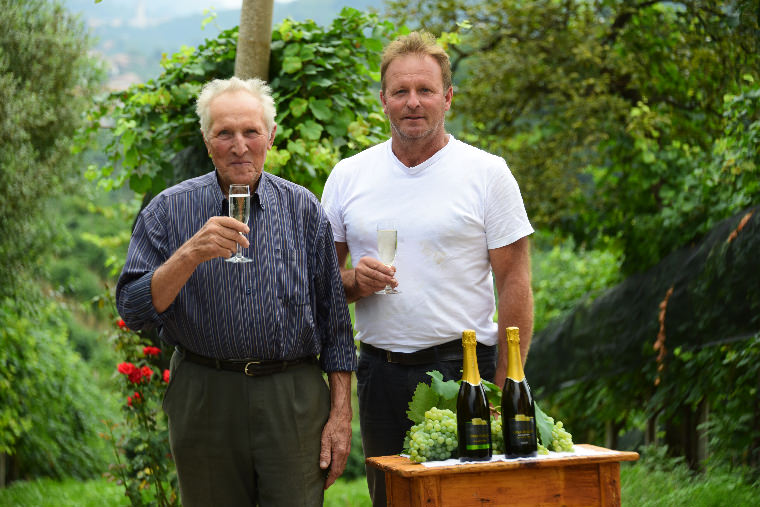
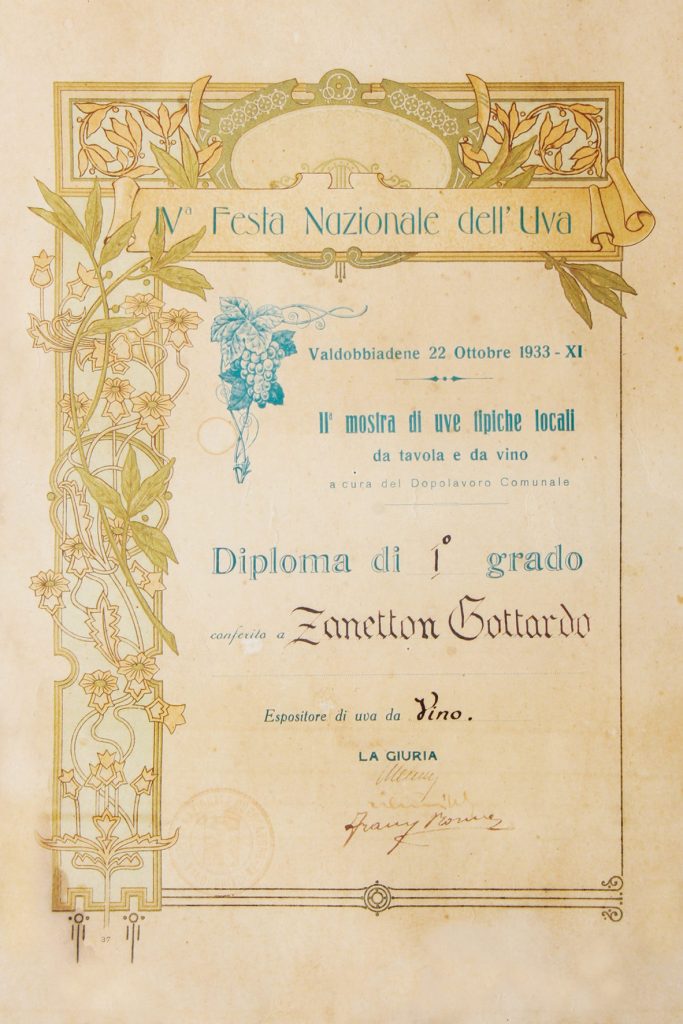
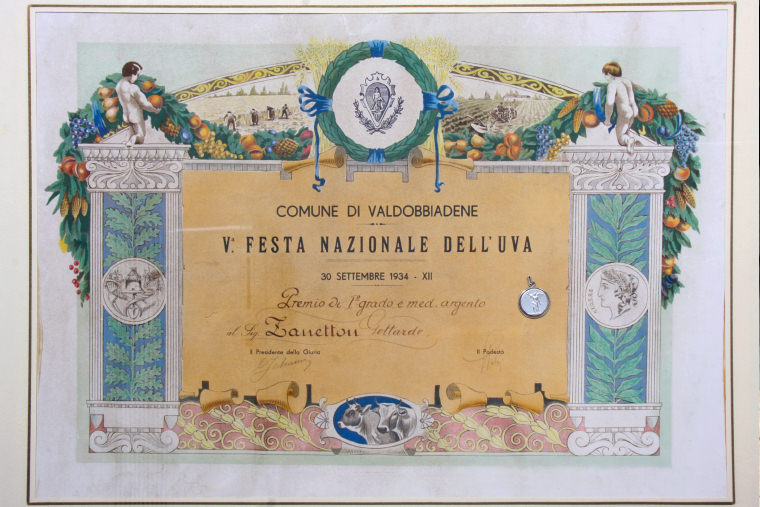



 DE
DE IT
IT